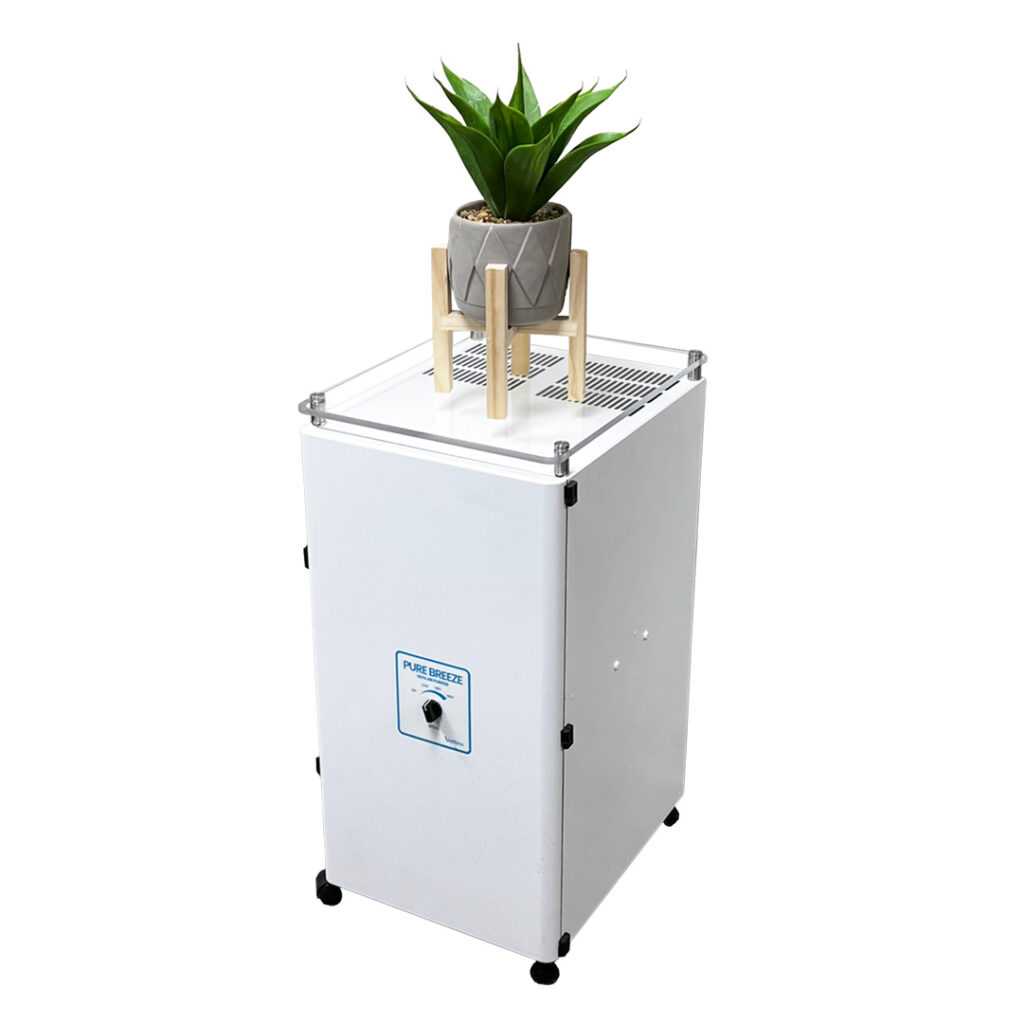
If you’re looking for a quick guide on what air changes per hour is, why it’s used, and how to implement it to improve your indoor air quality, you’ve found it.
One of the most important factors to consider when dealing with indoor air quality is the Air Changes Per Hour or “ACH” rating.
To properly filter the contaminated air in any given area, the entire volume of air must be filtered.
This process doesn’t happen right away as the air that is farther away from the purifier takes time to flow towards the air filtration system.
This is where air changes per hour come into play; the ACH rate determines how quickly the air is cycled.
Air Changes per Hour is a measurement of how many times a volume of air within a room will be added, removed, or exchanged with filtered clean air.
It’s also referred to as “air exchange rate” or “air change rate” and is abbreviated to ACH or ACPH.
Air changes per hour is a vitally important measurement for gauging how effective indoor air is exchanged or filtered.
Many regulatory bodies recommend specific ACH rates for various types of facilities to ensure enough air is exchanged for optimal air quality.
For example, schools and other educational facilities are suggested to have an ACH rate of 5 or more.
Air Changes Per Hour (ACH) is calculated by multiplying the CFM (Q) of your air filtration device by 60 and then dividing that number by the total volume (V) of air being exchanged or filtered.
The formula for ACH is: ACH=60(Q)/V. Where Q is the cfm of the air purifier and V is the volume of air.
To figure out the volume of air, simply multiple the length, width, and height of the room or area.
Air Changes per Hour Calculator
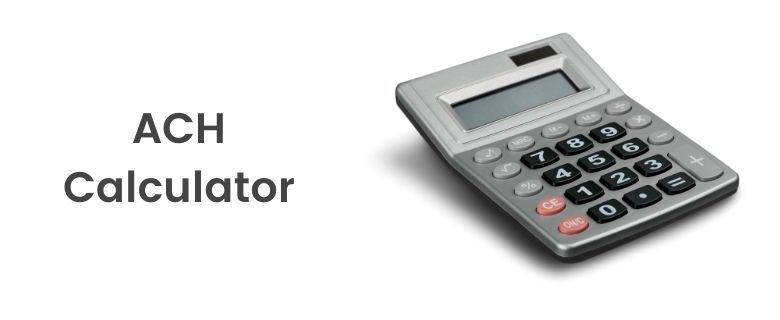
We’ve created an easy to use free online tool for anyone looking to calculate air changes per hour. You can access the tool by clicking the link below:
Outdoor Air vs. Filtered Air
In most cases, indoor air should be exchanged with outdoor fresh air. This is more difficult than it sounds however, since it requires special engineering controls to create enough circulation of air.
These systems are usually implemented during the initial construction of the building and are most likely not viable in existing facilities.
While one can open up windows, that doesn’t mean that enough fresh air is coming in to replace the indoor air.
For example, some hospitals are designed with large ventilation systems that can do this however, most other buildings don’t have this luxury.
Retrofitting your building with a fresh air exchange system is extremely costly and usually very disruptive as installation may require construction for a period of time.
The best option for most facilities is to use portable HEPA filtration devices.
These systems work in tandem with your existing HVAC system to achieve enough air changes per hour to keep indoor air quality at a good level.

HVAC Systems and Air Changes per Hour
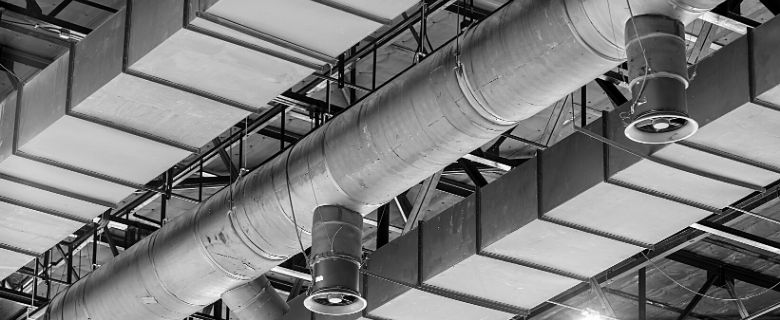
While HVAC systems filter the air, the level of filtration and amount of air changes they provide are rarely acceptable.
These systems are typically limited from a filtration standpoint due to the nature of how filters work.
The denser the filter, the more it will restrict air flow. HVAC are not designed to use higher grade filters such as HEPA, and at best, can only filter up to the MERV 13 level which is ineffective for most microbes and organic compounds.
Most system only provide ACH rates of 1-3. The older they are, the worse they perform.
HEPA Air Filtration Devices
-
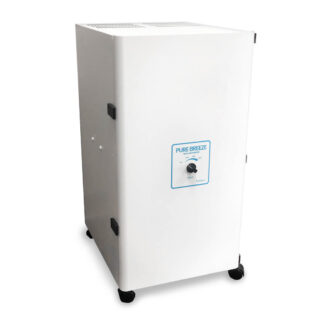 Refurbished – Pure Breeze HEPA Air Purifier – 10534Product on saleOriginal price was: $1,984.66.$1,250.00Current price is: $1,250.00.View Details
Refurbished – Pure Breeze HEPA Air Purifier – 10534Product on saleOriginal price was: $1,984.66.$1,250.00Current price is: $1,250.00.View Details -
 Pure Breeze HEPA Air Purifier – 10360A$1,984.66 – $2,117.53View Details
Pure Breeze HEPA Air Purifier – 10360A$1,984.66 – $2,117.53View Details
Portable HEPA air purifiers are the most cost-effective way to achieve the desired amount of air changes per hour.
The trick with these systems is considering how much air volume you’ll be needing to filter and for how long.
The are many “consumer” grade systems (used in a home) readily available however, these system are not designed to run 24 hours a day and handle large volumes of air.
While they may use true HEPA filters, they are likely very thin which requires constant replacement.
Businesses and large facilities should be using commercial grade systems which can reliably provide air purification and handle the large amount of air volume needing to be purified.
How to properly choose the right air purifier for your application.

Selecting an air purifier for your indoor air quality needs can be difficult- we’ve boiled the process down to a few simple steps below:
- Identify the ACH rate you with to achieve.
- Next, figure out the volume of air you need to change.
- You’ll likely have large areas and several rooms so the best method is to break up these areas into smaller sections and add them up. Take each area or room and multiple the length, width, and height to get the volume of air for that area. Then, add up all the areas to get to total amount of air you’ll need to clean.
- Now that you have your air changes per hour target rating and the volume of air you need to change, it’s time to select a system that can handle the job.
- The easiest way to do this is by using the air purifier CFM rating. This measurement is listed by most manufacturers and states how much air the system is capable of moving. In most cases, the higher this number is the better.
- Keep in mind that facilities over 2,000 square feet in size will require multiple units to be able to filter the air effectively.
- You’ll also want to consider things like noise, how large the units are, and maintenance. Based on your needs, some of these may be more important than others.
Example Air Changes Per Hour Calculation
Below is a basic example showing the air change calculation for a 7 room building. You’re essentially figuring out the total volume of air and then seeing if the air purifier has enough CFM to meet your needs. Higher CFM means higher ACH rate.
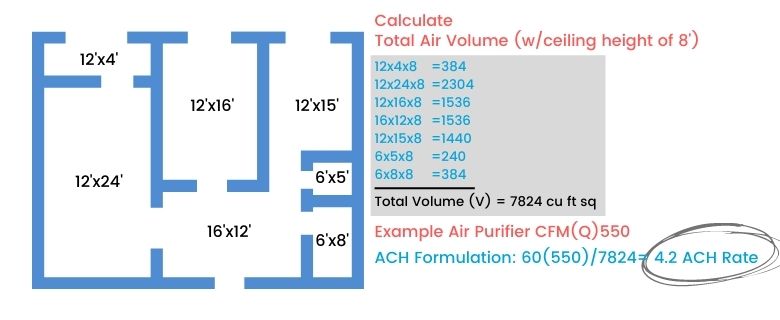
There are a few additional factors to consider when figuring out how many units to get and where to place them.
Airflow within the building, entry doors, HVAC supply/return vents, and other placement factors can greatly affect air purifier performance if not done properly. Be sure to check with an air filtration specialist for larger facilities.
Air Purifier Options
There are lots of options for air purifiers on the market today. Keep in mind that most of them are designed for household use.
If you’re in a large facility or business, you’ll want to use a commercial grade system instead. These systems are designed to run for longer periods of time and filter larger amounts of air.
Here at Vaniman, we’ve been making air purifiers for nearly 30 years and are a trusted US manufacturer of commercial grade HEPA filtration systems.
If you need assistance with air change calculations or have questions regarding how our Pure Breeze HEPA air purifiers can meet your indoor quality needs, reach out to us today by submitting the form below.
Our air filtration specialists can help you implement the optimal number of units and placement for your facility.
Our Pure Breeze air purifier is a commercial grade HEPA filtration system that’s assembled in the USA. It’s extremely quiet at 56 dBA (quieter than a normal conversation), easy to use, and easy to maintenance.
For more information, contact us or visit our the Pure Breeze product page here.


